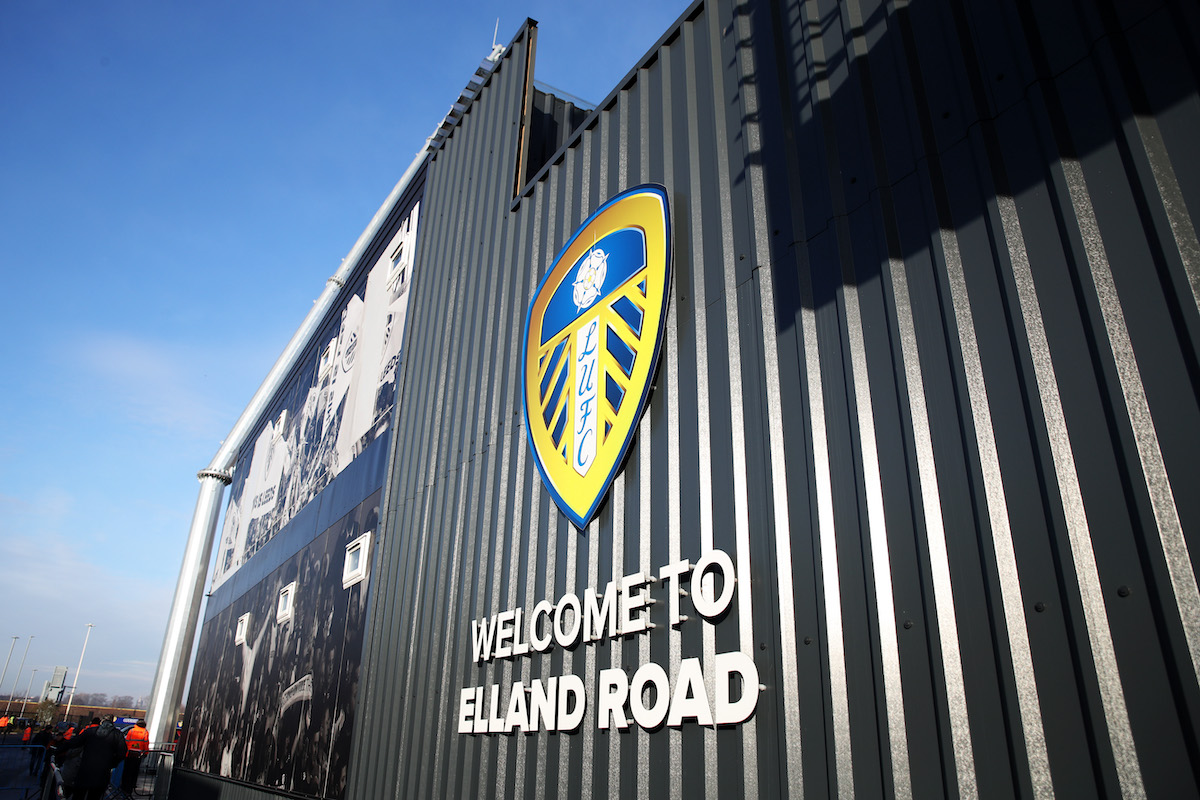Leeds United have reportedly made an official offer for Sunderland’s 17-year-old sensation Mason Cotcher.
The 17-year-old forward has recently been on trial with the Yorkshire club over the last few weeks and having impressed, The Telegraph report Leeds United want to permanently sign him.
Having progressed through Sunderland’s academy, Mason Cotcher has featured for the club at different youth levels recently and is regarded as one of the brightest youngsters outside of the Premier League.

Leeds United chasing 17-year-old Sunderland prospect Mason Cotcher
Last season, he played for Sunderland’s U18’s side in the Premier League 2, netting nine goals in 25 appearances across all competitions. Furthermore, he earned a spot in Mowbray’s squad for their FA Cup match against Shrewsbury Town in the previous campaign.
Leeds might view Cotcher as a prospect for the future at Elland Road. If they manage to secure him from Sunderland permanently, he would likely join their development squad initially. According to the Sunderland Echo, although offered a deal by the Black Cats last summer, Cotcher has yet to sign it.
Leeds United are firmly pushing for automatic promotion to the Premier League having been in the top four for almost the entirety of the campaign. The Whites are in second place trailing league leaders Ipswich Town by a single point. Leicester City are closely in pursuit of the pair on 85 points.
Meanwhile, their U21’s youth team sit at the foot of the Premier League 2 Division 1 table on 11 points, which could be where Mason Crotcher ends up if Leeds sign him over the next few weeks.
